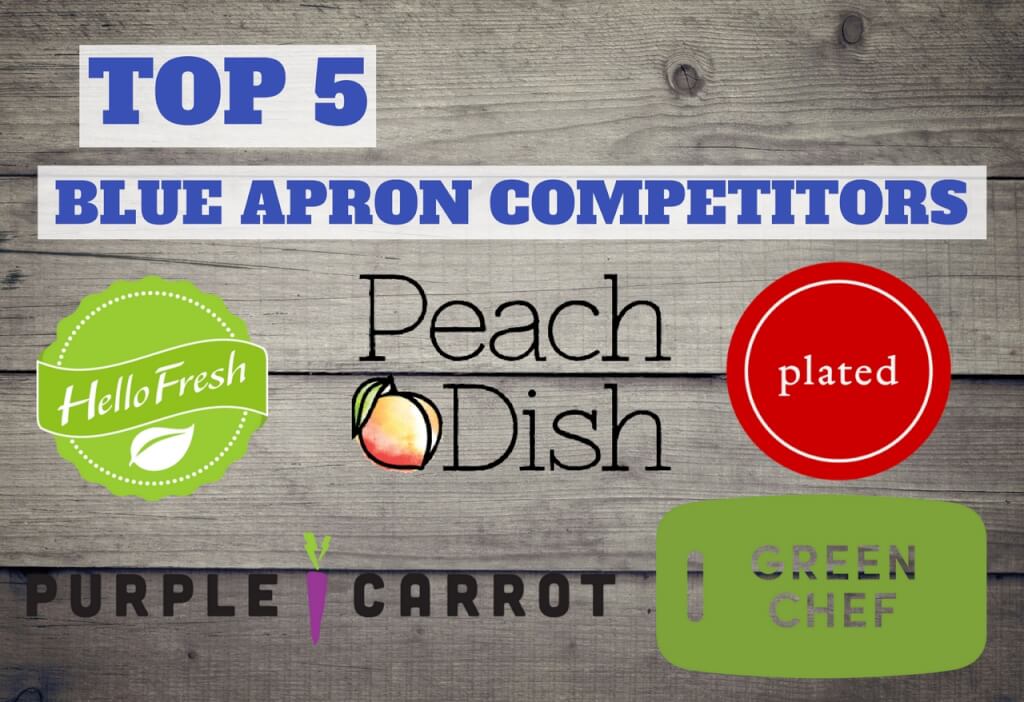
When our award-winning analyst team has a stock tip, it can pay to listen. And investors should stay far away from the stock until this changes.ġ0 stocks we like better than Blue Apron Holdings, Inc.

The company doesn't seem to have a pathway to profitability, or a particularly convincing turnaround strategy. Second-quarter revenue increased by less than 1% year over year (from $124 million to $124.2 million), while operating losses jumped 85% to $22.7 million after a spike in marketing spending and general expenses. But investors should pay more attention to its current financials, which aren't pretty. Blue Apron is still a high-risk investmentīlue Apron's turnaround plan may be a glimmer of hope for the battered company. But it's hard to see how a money-losing business can create sustainable investor value by buying back its own stock, instead of using that money for business purposes. The possible share buyback might generate excitement in the short term. And with second-quarter marketing spend of roughly 308 million euros ($302 million), Hello Fresh is also far ahead of Blue Apron's $21.8 million in marketing spend in the corresponding period. Furthermore, expanding menu variety won't differentiate Blue Apron from its biggest rival, Hello Fresh, which already offers around 25 distinct recipes per week compared to Blue Apron's 19.

But it's unclear how Blue Apron will pull this off when consumers are clearly not particularly impressed with its offerings, as evidenced by its sharp decline in market share over the last few years. Unfortunately, none of these ideas address what seems to be Blue Apron's primary problem - a lack of differentiation from rivals.Īttracting bigger-spending customers sounds great in theory. Management also suggests returning value to investors through a possible share buyback of $25 million. The plan aims to engage more high-value customers, expand menu variety, and scale marketing infrastructure. Can management's new strategy turn things around?īlue Apron highlighted its turnaround strategy during its investor day in May. In fact, it seems to have done the opposite.

But more importantly, Blue Apron's slump reflects its lack of a competitive moat - a business's ability to differentiate itself from similar competitors.Īll the delivery meal-kit companies offer essentially the same thing, and Blue Apron hasn't created a reason for consumers to pick its service over the alternatives.

Some of Hello Fresh's growth is due to acquisitions such as Green Chef and Factor 75, incorporated in 20, respectively. Despite being first to market, Blue Apron has been crushed by newer rivals such as Hello Fresh, which increased its market share from 28.4% to 69% in the same period.


 0 kommentar(er)
0 kommentar(er)
